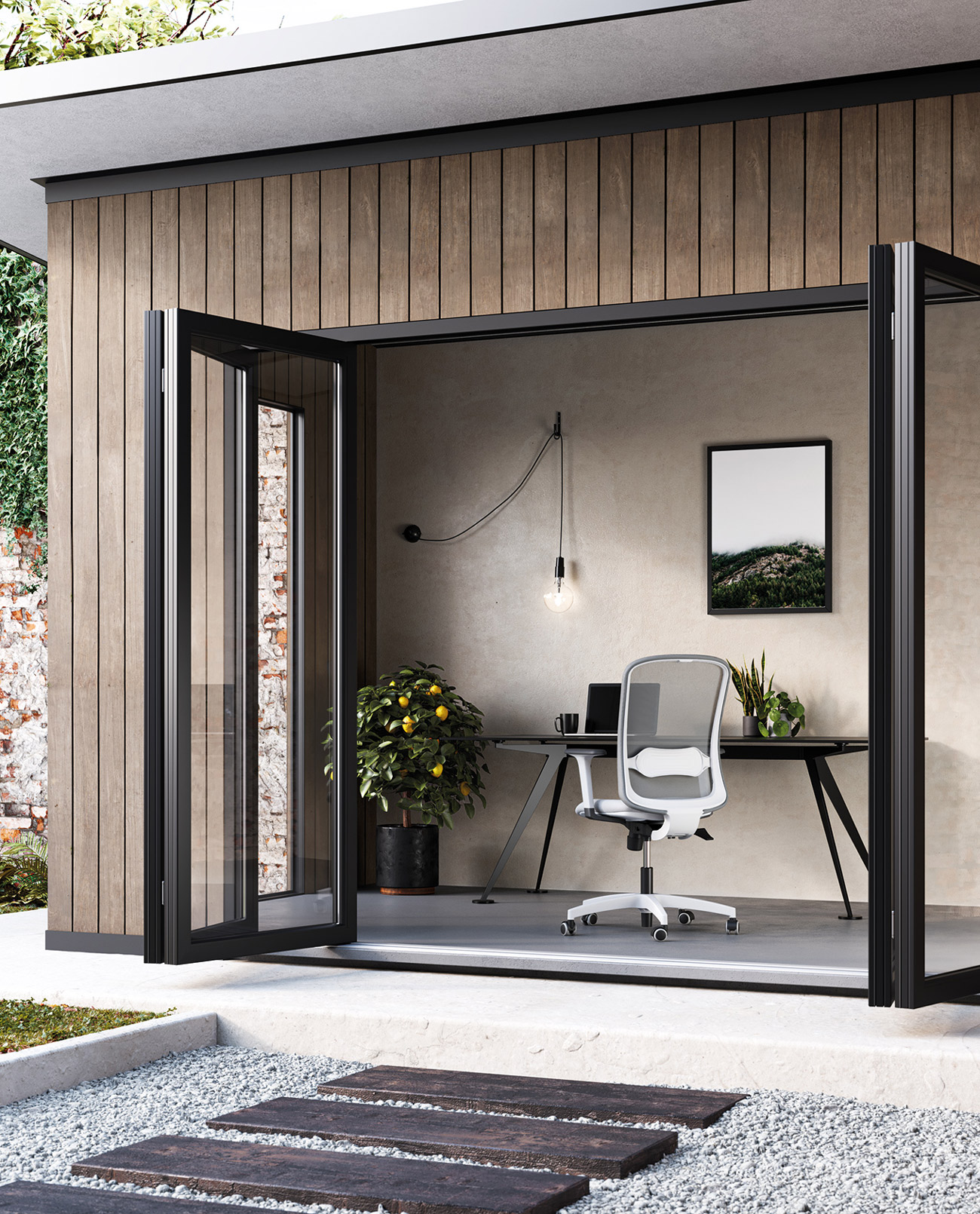The last year has seen a radical transformation in work management by many companies. Smart working (in the true sense of the term!) is now the norm, developed both as a hybrid workplace and as remote work for medium to long periods, depending on the needs of the company and the worker.
Both situations have led to a ‘new way of living’ at home, but the second case has had much wider consequences. Many people have left the big metropolitan centres to return to their home towns, while others have moved for weeks or months to holiday destinations, taking advantage of second homes or renting one of them.
2020 and 2021 have also been a precious opportunity for villages and small towns which are destinations coveted by the new digital nomads, also thanks to the economic incentives proposed by many municipalities that have identified holiday working as a hospitality trend.
In order to meet work requirements and with the uncertainty about transport discouraging long journeys workers, families and groups of friends have changed the way they travel and stay, rediscovering areas that traditionally weren’t considered tourist destinations.
We can easily guess the reasons for this: a slower lifestyle and lower costs in comparison with big cities (especially for fixed expenses such as rent), the optimisation of time and the reduction of travel and stress.
Added to this is the possibility to work in isolated places (in terms of safety) that are not part of the main tourist destinations, which are more likely to stimulate creativity, thanks to postcard-perfect landscapes, better air quality and the possibility to feel on holiday every day after working hours.
Of course, this option isn’t open to everyone. However, if you can choose hybrid work or a few weeks of remote work, you have a great opportunity ahead of you. The important thing is to structure your day and work space in a way that leads you to be as productive as you are in the office.

Designing a home office in your second home
If the new workplace is a rented holiday home, requirements for holiday workers include broadband, green outdoor spaces with barbecue facilities and the ability to stay for an average of three weeks.
If it’s a property that you own or rent on a medium to long-term basis, you can set up your home office with all the necessary details to make sure you have everything you need.
The main requirements are:
- A reliable internet connection that allows fast connectivity both inside and outside the home. One of the advantages of working remotely is in fact the possibility to move the workstation outdoors, taking advantage of favourable weather conditions.
- An ergonomic, functional and comfortable seat. Often the space is too small to create a real home office with its own desk, but it’s important that at least the chair is professional. An ergonomic seat helps to avoid severe backache or neck pain.
- Adequate lighting, both natural and artificial. The important thing is that the light does not impair the visibility of the computer screen and that it does not fall directly on the eyes, straining eyesight.
- A mobile filing cabinet, preferably small. In this way, at the end of the day (and especially at the weekend!) the house will effortlessly return to its primary purpose: relaxation.

